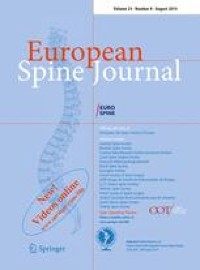Risk factors associated with acute respiratory distress syndrome in COVID-19 patients outside Wuhan: A double-center retrospective cohort study of 197 cases in Hunan, China.
World J Clin Cases. 2021 Jan 16;9(2):344-356
Authors: Hu XS, Hu CH, Zhong P, Wen YJ, Chen XY
Abstract
BACKGROUND: There have been few reports on the risk factors for acute respiratory distress syndrome (ARDS) in coronavirus disease 2019 (COVID-19), and there were obvious differences regarding the incidence of ADRS between Wuhan and outside Wuhan in China.
AIM: To investigate the risk factors associated with ARDS in COVID-19, and compare the characteristics of ARDS between Wuhan and outside Wuhan in China.
METHODS: Patients were enrolled from two medical centers in Hunan Province. A total of 197 patients with confirmed COVID-19, who had either been discharged or had died by March 15, 2020, were included in this study. We retrospectively collected the patients' clinical data, and the factors associated with ARDS were compared by the χ² test, Fisher's exact test, and Mann-Whitney U test. Significant variables were chosen for the univariate and multivariate logistic regression analyses. In addition, literature in the PubMed database was reviewed, and the characteristics of ARDS, mortality, and biomarkers of COVID-19 severity were compared between Wuhan and outside Wuhan in China.
RESULTS: Compared with the non-ARDS group, patients in the ARDS group were significantly older, had more coexisting diseases, dyspnea, higher D-dimer, lactate dehydrogenase (LDH), and C-reactive protein. In univariate logistic analysis, risk factors associated with the development of ARDS included older age [odds ratio (OR) = 1.04), coexisting diseases (OR = 3.94), dyspnea (OR = 17.82), dry/moist rales (OR = 9.06), consolidative/mixed opacities (OR = 2.93), lymphocytes (OR = 0.68 for high lymphocytes compared to low lymphocytes), D-dimer (OR = 1.41), albumin (OR = 0.69 for high albumin compared to low albumin), alanine aminotransferase (OR = 1.03), aspartate aminotransferase (OR = 1.02), LDH (OR = 1.02), C-reactive protein (OR = 1.04) and procalcitonin (OR = 17.01). In logistic multivariate analysis, dyspnea (adjusted OR = 27.10), dry/moist rales (adjusted OR = 9.46), and higher LDH (adjusted OR = 1.02) were independent risk factors. The literature review showed that patients in Wuhan had a higher incidence of ARDS, higher mortality rate, and higher levels of biomarkers associated with COVID-19 severity than those outside Wuhan in China.
CONCLUSION: Dyspnea, dry/moist rales and higher LDH are independent risk factors for ARDS in COVID-19. The incidence of ARDS in Wuhan seems to be overestimated compared with outside Wuhan in China.
PMID: 33521102 [PubMed]



